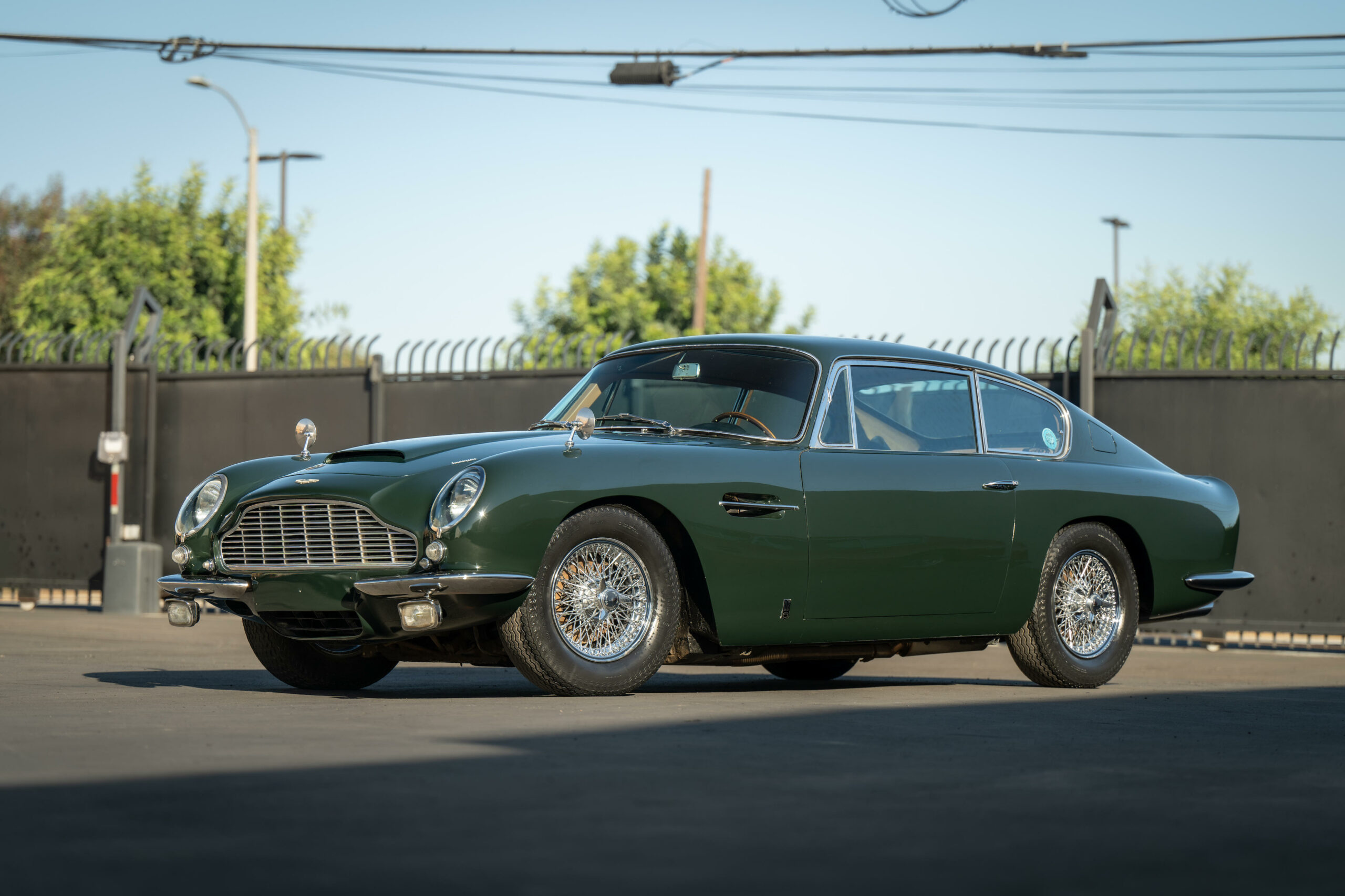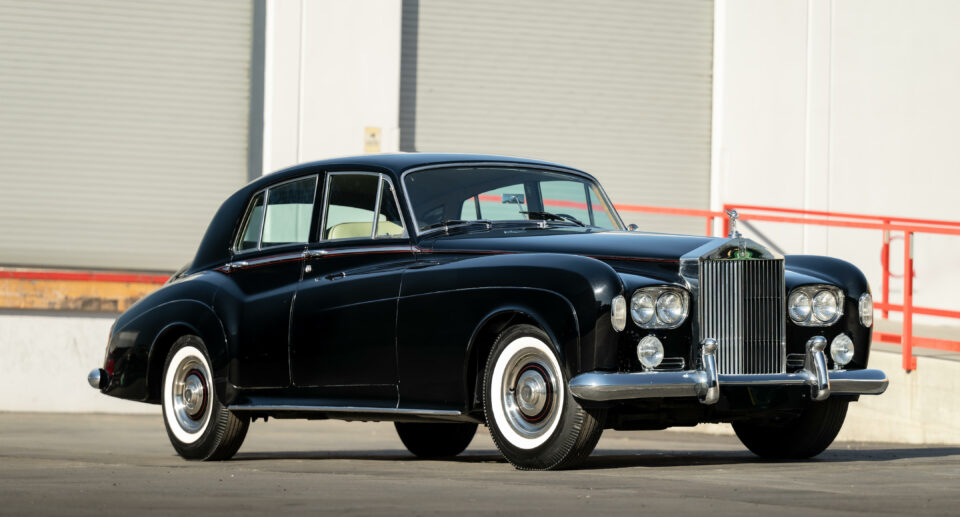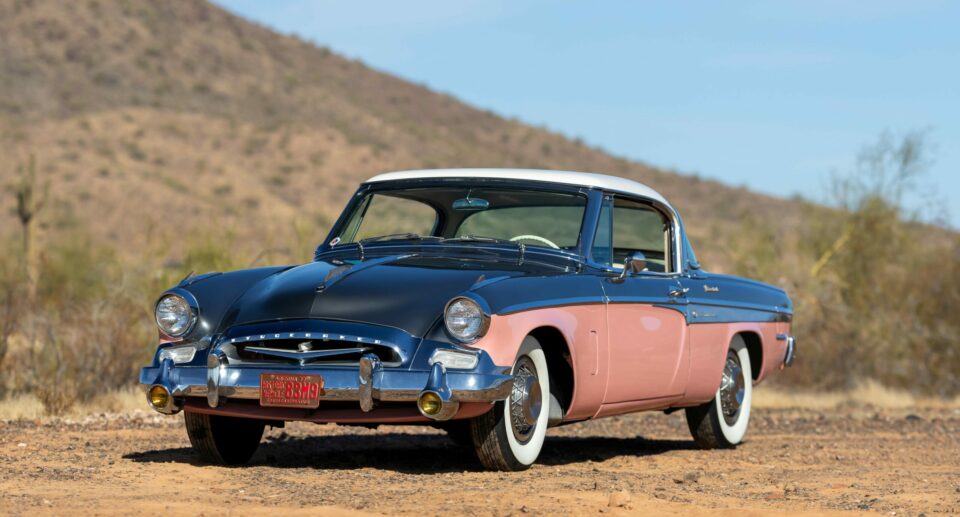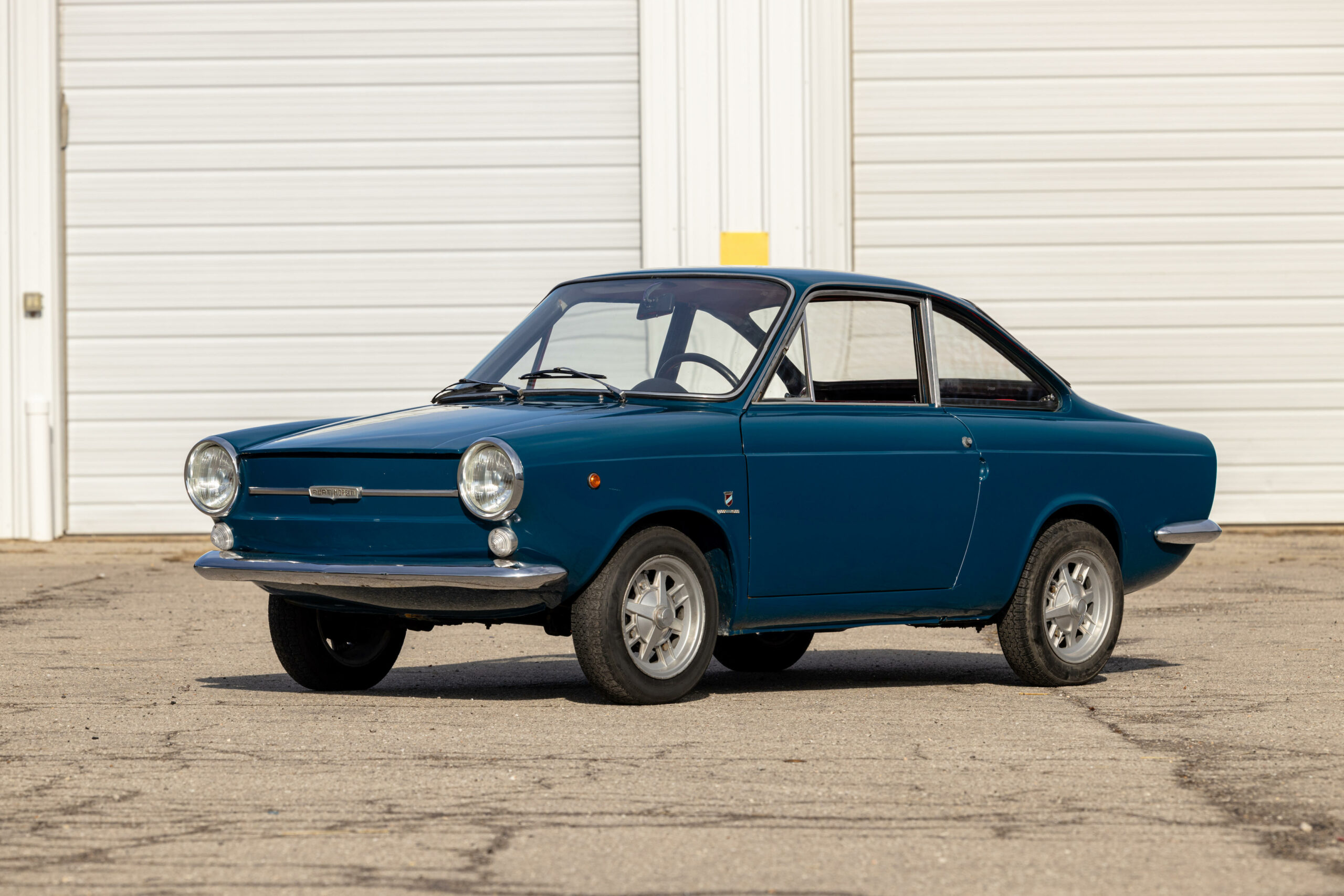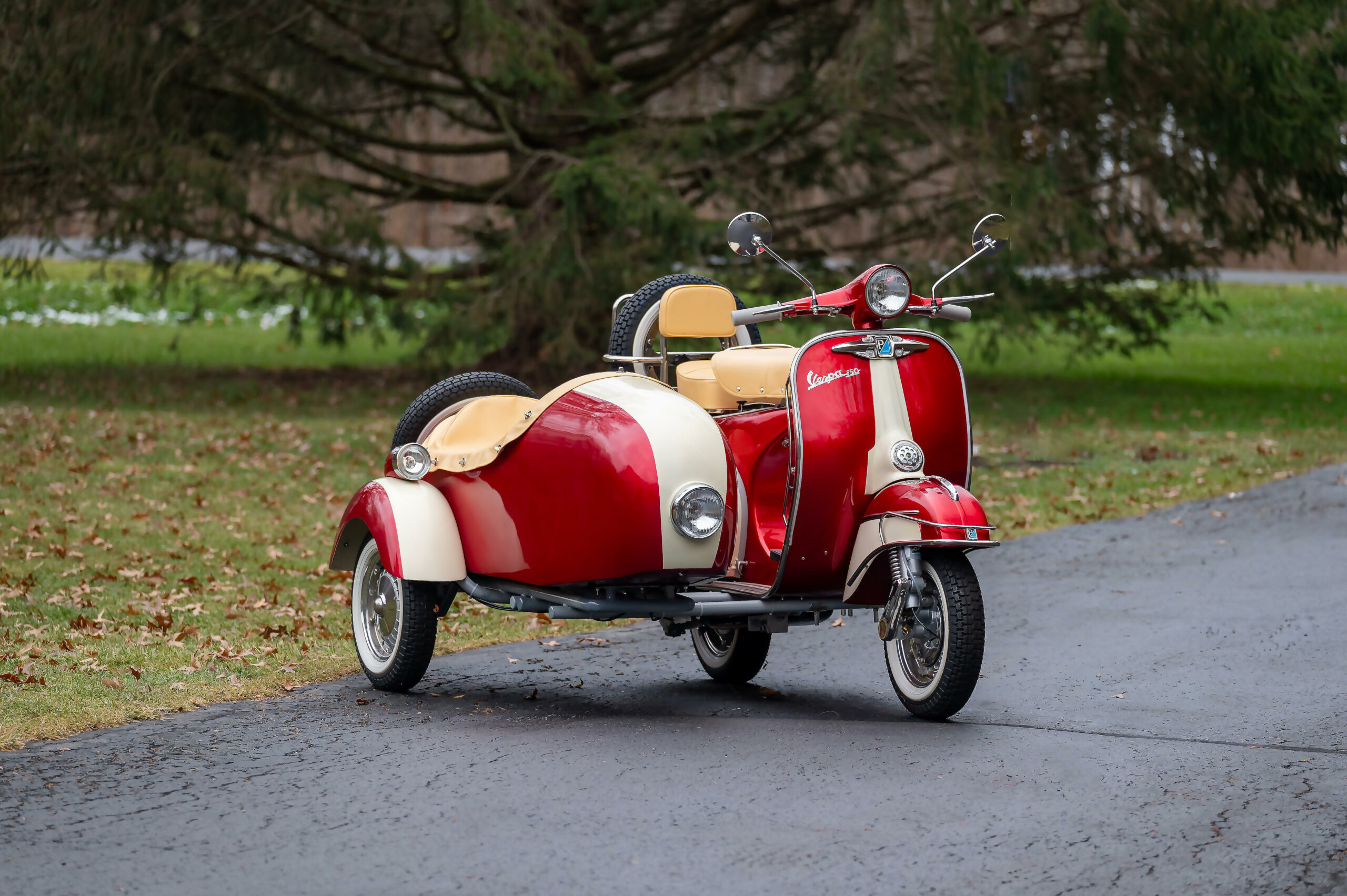1966 Aston Martin DB6 Sports Saloon
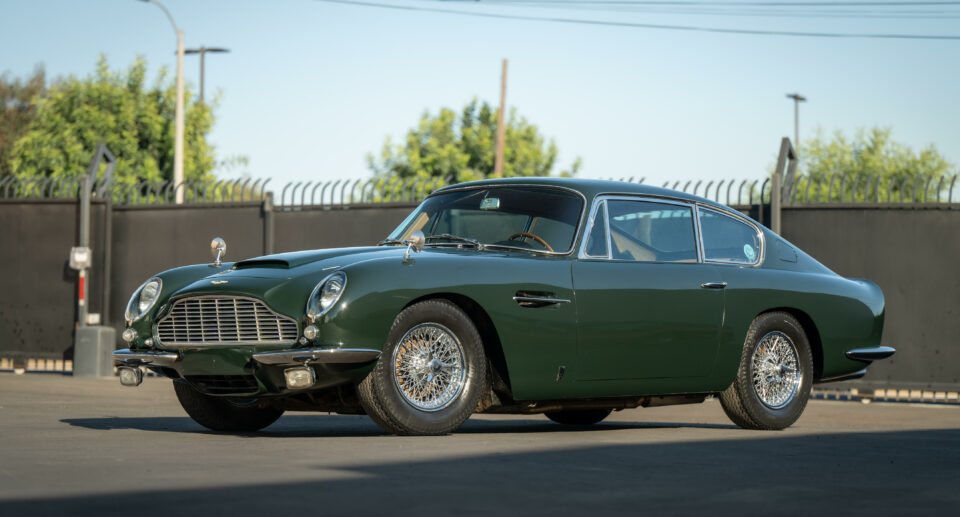
Introduction to the 1966 Aston Martin DB6 Sports Saloon
The 1966 Aston Martin DB6 Sports Saloon stands as a testament to the British luxury sports car manufacturer’s commitment to design, performance, and craftsmanship. As the successor to the renowned DB5, the DB6 continued Aston Martin’s legacy of producing high-performance grand tourers.
Aston Martin’s Legacy and Evolution
Founding Heritage
Founded in 1913 by Lionel Martin and Robert Bamford, Aston Martin initially focused on creating high-performance vehicles for motorsports. The brand’s commitment to speed and style laid the foundation for its reputation.
Evolving Design Philosophy
Over the years, Aston Martin evolved its design philosophy, combining luxurious features with sporty performance. The DB series, which began with the DB2 in the early 1950s, exemplified this blend of elegance and power.
Development and Production of the 1966 Aston Martin DB6
Successor to the DB5
The DB6, introduced in 1965, succeeded the iconic DB5, which gained international fame as James Bond’s vehicle in the film “Goldfinger.” The DB6 retained the classic Aston Martin styling while incorporating refinements and enhancements.
Styling and Aerodynamics
The DB6 featured a design that prioritized aerodynamics and stability at high speeds. The superleggera construction technique, with a tubular steel frame and aluminum body panels, contributed to a lightweight yet rigid structure.
Extended Wheelbase and Improved Interior
One notable change from its predecessor was the extended wheelbase, providing additional rear passenger space. The DB6 Sports Saloon also featured an improved interior, offering a more comfortable and luxurious driving experience.
Distinctive Features of the 1966 Aston Martin DB6 Sports Saloon
Sleek Exterior Design
The exterior of the DB6 Sports Saloon retained the iconic Aston Martin grille and distinctively elegant lines. The elongated shape, improved aerodynamics, and Kamm tail contributed to a sleek and timeless appearance.
Inline-Six Engine and Performance
Powered by a 4.0L inline-six engine, the DB6 delivered impressive performance. With features like triple SU carburetors and a robust powertrain, the sports saloon offered a thrilling driving experience.
Continued Prestige
Maintaining the prestige of the DB series, the DB6 Sports Saloon was a symbol of British luxury and performance, appealing to enthusiasts who sought a perfect balance between speed and sophistication.
Legacy and Impact
Cultural Significance
The 1966 Aston Martin DB6 Sports Saloon continued Aston Martin’s cultural significance, embodying the spirit of classic British motoring. Its association with the James Bond franchise and timeless design solidified its place in automotive history.
Enduring Legacy of the DB Series
The DB6, along with its predecessors, contributed to the enduring legacy of the DB series. Aston Martin’s commitment to craftsmanship and innovation in the grand touring segment became synonymous with the brand.
Facts about the 1966 Aston Martin DB6 Sports Saloon
- James Bond Connection: While the DB6 did not appear in a James Bond film, its predecessor, the DB5, gained fame in the movie “Goldfinger.”
- Limited Production: The DB6 Sports Saloon had a limited production run, contributing to its exclusivity and desirability among collectors.
- Convertible Variant: In addition to the Sports Saloon, Aston Martin offered a convertible variant known as the Volante, providing an open-top driving experience.
- Continued Influence: The design elements and engineering innovations introduced with the DB6 continued to influence subsequent Aston Martin models, creating a lasting impact on the brand’s identity.
In summary, the 1966 Aston Martin DB6 Sports Saloon represents a pinnacle in British luxury sports car manufacturing, blending performance, elegance, and innovation. Its enduring legacy is marked by its cultural significance, association with the iconic DB series, and its status as a coveted collector’s item.




